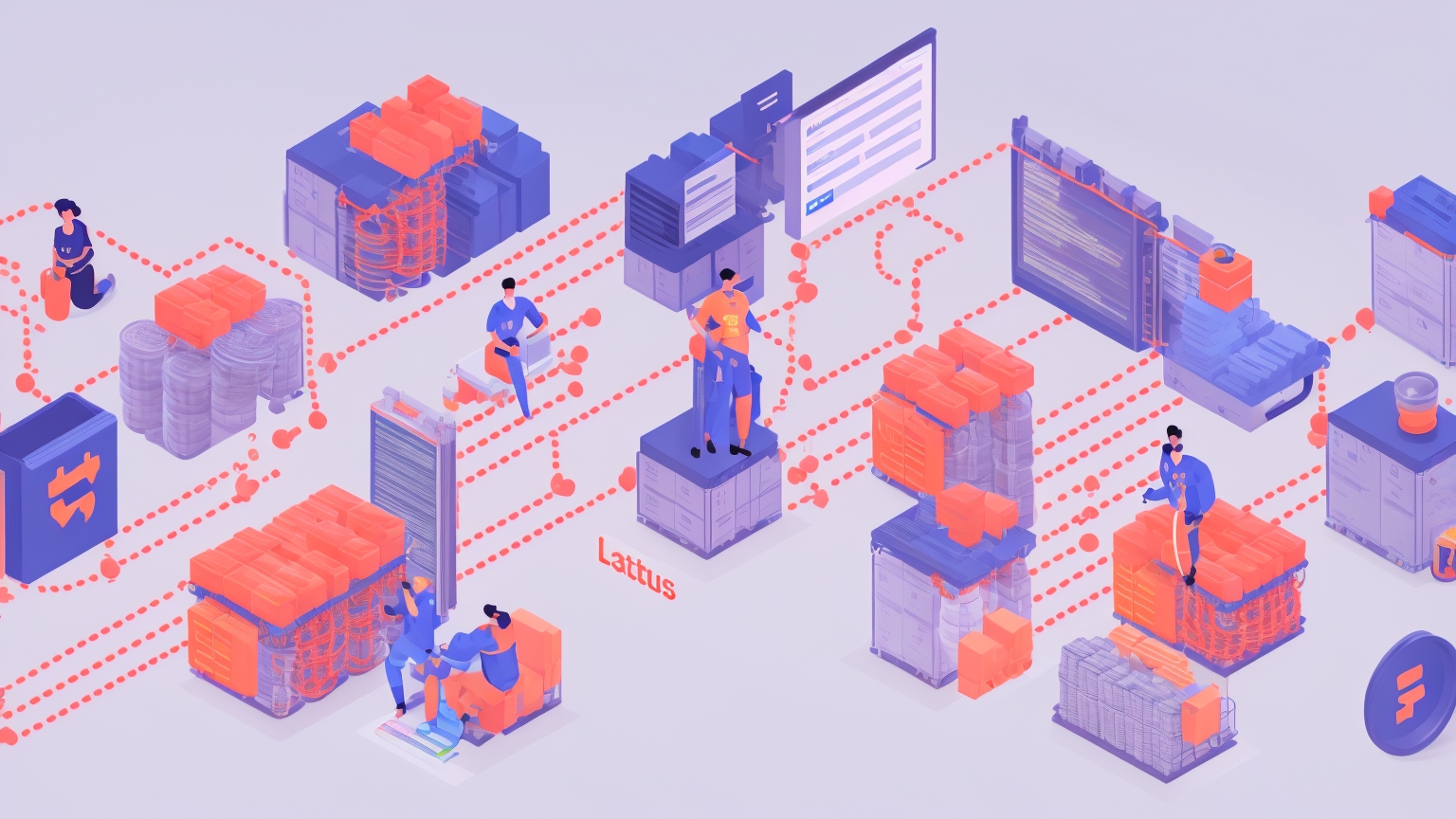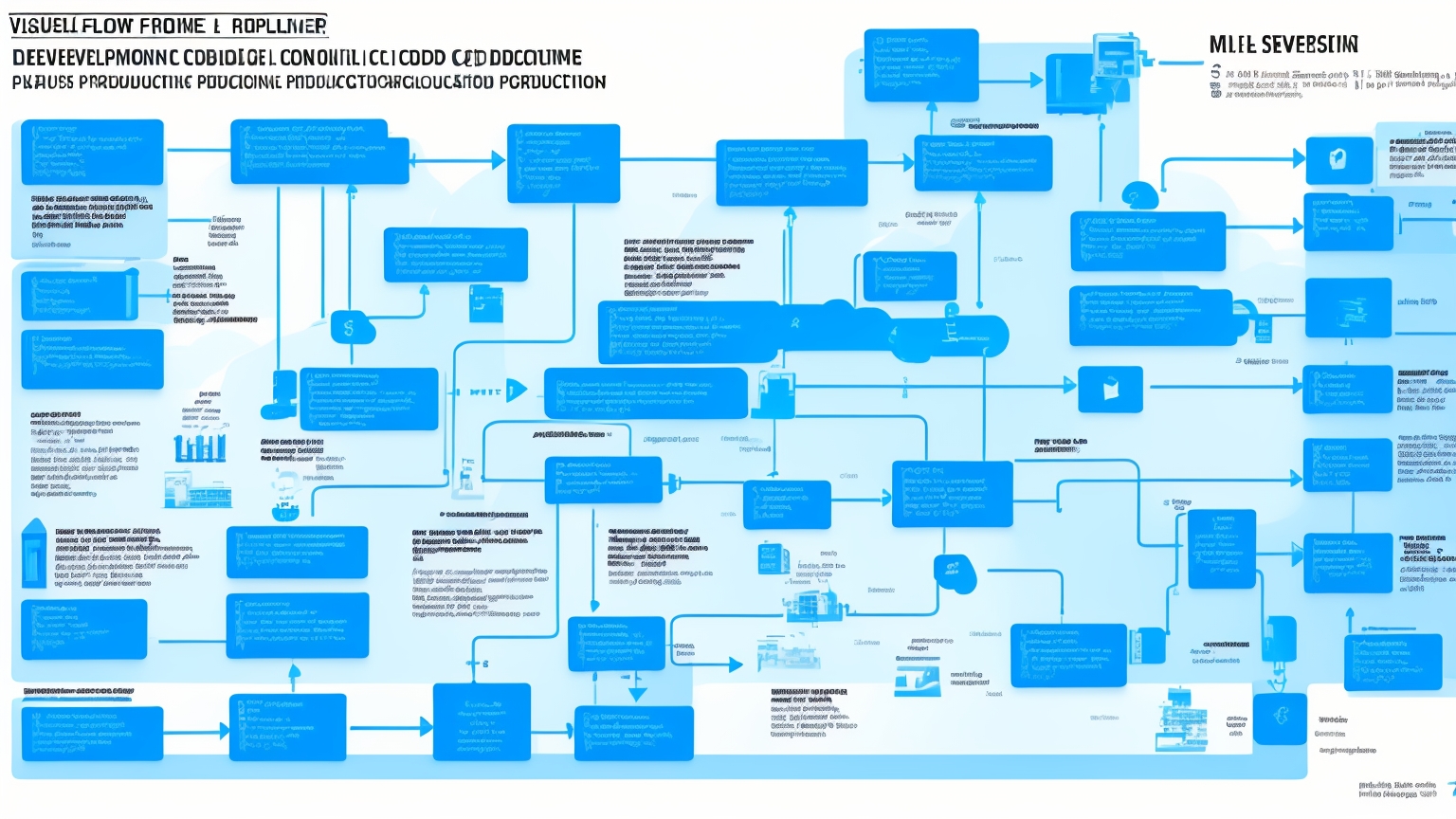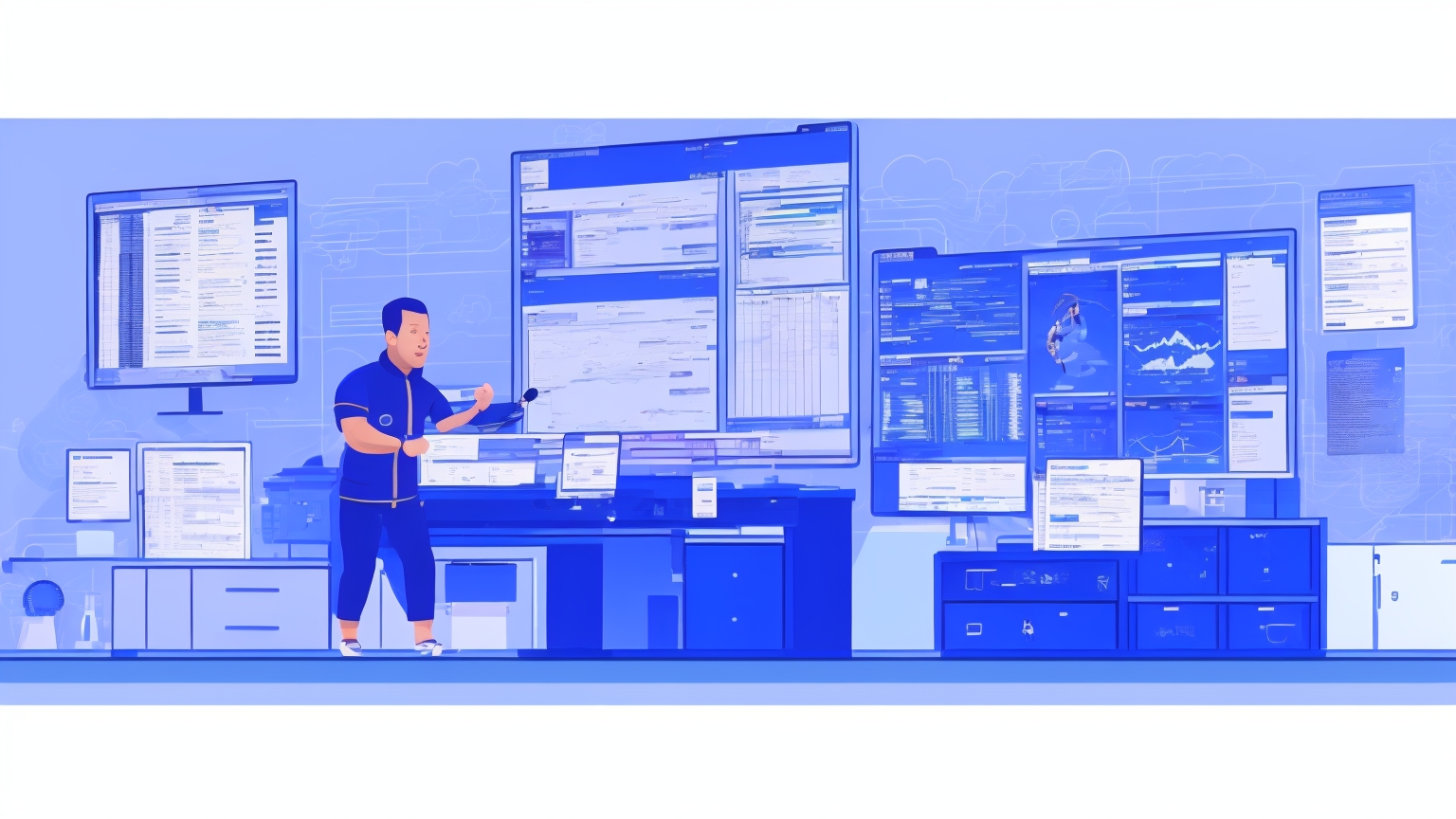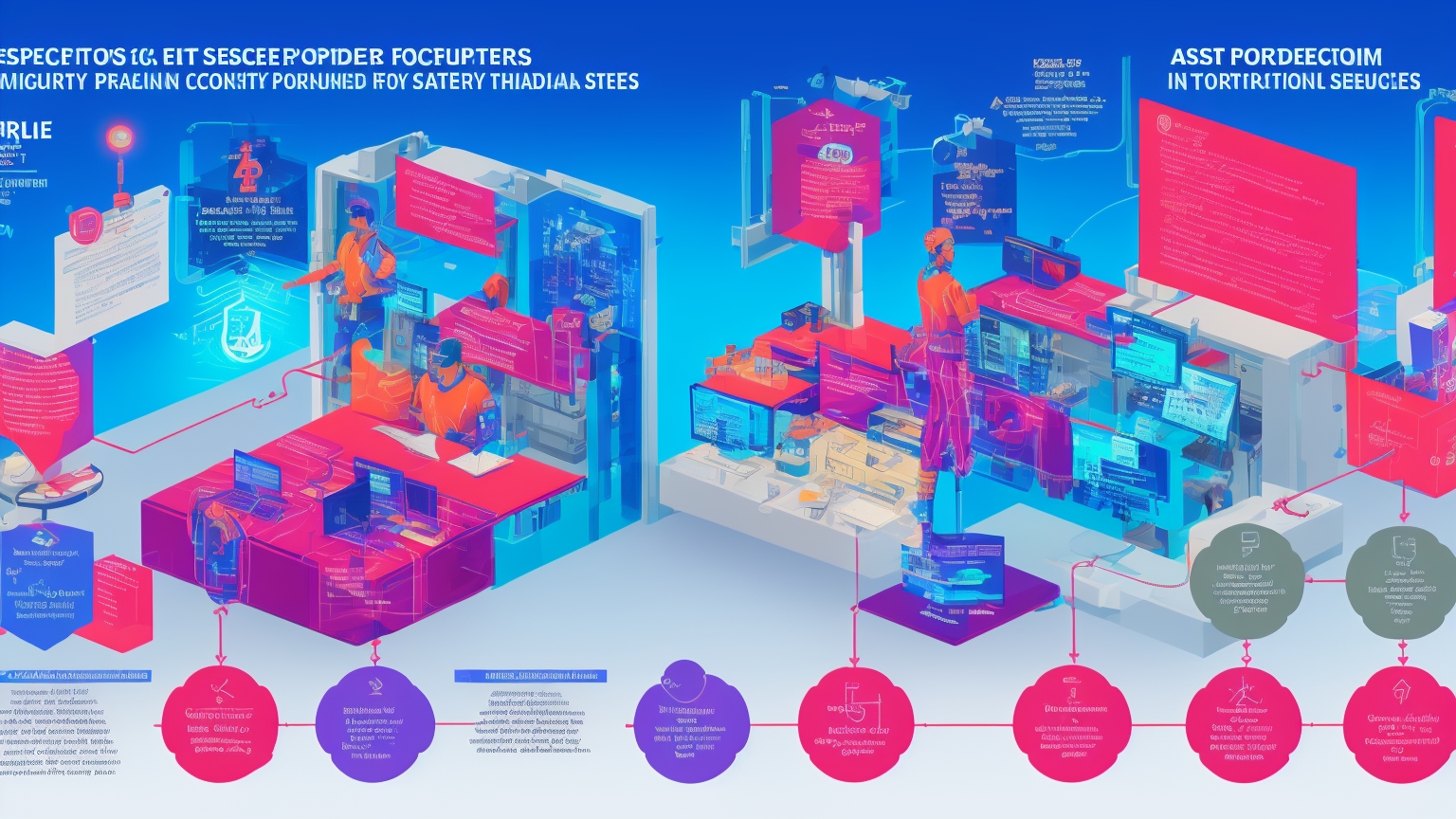How to Build a CI/CD Pipeline with GitHub Actions (2025 Guide)
*By DevOps Enginer – Professional Tutorial Series* *Published: 2025*
Introduction: Why CI/CD Still Matters in 2025
Continuous Integration and Continuous Deployment (CI/CD) aren't just buzzwords anymore — they're a core part of modern software engineering. Whether you're deploying to AWS, Azure, or Kubernetes, the ability to build, test, and deploy automatically is what separates fast-moving teams from the rest.
In 2025, GitHub Actions remains one of the easiest yet most powerful CI/CD tools. It's integrated directly into GitHub, supports every major cloud, and can automate nearly anything — from linting code to rolling out production updates.
In this guide, we'll go from zero to a working pipeline — and then fine-tune it like a pro.

1. Understanding CI/CD the GitHub Way
GitHub Actions follows a simple but powerful model:
"Every event in your repository can trigger an automated workflow.
"
Think of a workflow as a pipeline defined in YAML. It's stored inside your repository (usually in .github/workflows/ci.yml), and it runs automatically when you push code, open a PR, or create a release.
A basic workflow looks like this:
name: CI Pipeline
on:
push:
branches: [ main ]
pull_request:
branches: [ main ]
jobs:
build:
runs-on: ubuntu-latest
steps:
- name: Checkout code
uses: actions/checkout@v4
- name: Set up Node.js
uses: actions/setup-node@v4
with:
node-version: 20
- name: Install dependencies
run: npm install
- name: Run tests
run: npm testThis simple file tells GitHub to automatically test your code every time someone pushes changes. And the best part? You don't need any external servers — GitHub handles all runners for you.

2. Adding Continuous Deployment (CD)
Once your CI pipeline runs smoothly, it's time to deploy automatically. GitHub Actions integrates seamlessly with cloud platforms like AWS, Azure, GCP, and Docker Hub.
Here's a simplified deployment example using AWS S3 (for static sites):
deploy:
needs: build
runs-on: ubuntu-latest
steps:
- name: Checkout code
uses: actions/checkout@v4
- name: Deploy to S3
uses: aws-actions/s3-sync@v2
with:
bucket: ${{ secrets.AWS_S3_BUCKET }}
region: ap-northeast-1
source: ./dist
dest: /
env:
AWS_ACCESS_KEY_ID: ${{ secrets.AWS_ACCESS_KEY_ID }}
AWS_SECRET_ACCESS_KEY: ${{ secrets.AWS_SECRET_ACCESS_KEY }}### 🔒 Why Secrets Matter
You'll notice the use of ${{ secrets.AWS_ACCESS_KEY_ID }} — that's GitHub's built-in Secrets Manager. Always store API keys, tokens, and passwords in Settings → Secrets and Variables. This keeps credentials encrypted, preventing leaks or accidental exposure in logs.

3. Using Matrix Builds for Speed
In larger projects, testing one environment isn't enough. You might need to verify code across multiple Node.js versions, OSes, or frameworks. That's where matrix builds come in:
strategy:
matrix:
os: [ubuntu-latest, windows-latest]
node: [18, 20]
runs-on: ${{ matrix.os }}
steps:
- uses: actions/checkout@v4
- uses: actions/setup-node@v4
with:
node-version: ${{ matrix.node }}
- run: npm ci && npm testNow your tests run in parallel, cutting total build time dramatically.
actions/cache@v4) to store dependencies between runs — saves both time and bandwidth.
4. Automating Code Reviews and Quality Checks
CI/CD doesn't stop at testing and deployment. In 2025, many teams automate:
- Linting (ESLint, Flake8, etc.)
- Security scanning (Dependabot, Trivy)
- Unit test coverage reports
Example workflow snippet:
- name: Run lint checks
run: npm run lint
- name: Security scan
uses: aquasecurity/trivy-action@v1Integrating these ensures that every PR meets quality and security standards before merging.

5. Scaling Your Workflows with Self-Hosted Runners
When your pipelines grow (especially for enterprise DevOps), GitHub's hosted runners may not cut it. That's where self-hosted runners come in — your own servers executing workflows for faster performance and lower cost.
Benefits:
- More control over CPU/memory
- Ability to install custom software
- No GitHub concurrency limits
Common setup:
# Register a self-hosted runner
./config.sh --url https://github.com/<org>/<repo> --token <token>
./run.sh
6. Building for Multi-Stage Environments
For production-grade CI/CD, you'll want multiple environments: Dev → Staging → Production.
You can model that easily using GitHub Actions Environments:
deploy:
environment: production
runs-on: ubuntu-latest
steps:
- name: Deploy via Docker Compose
run: docker compose up -dEach environment can have its own secrets, reviewers, and approval gates. This ensures that a staging deployment requires human confirmation before promoting to production — keeping releases controlled yet automated.

7. Monitoring and Alerts (Ops Integration)
A great pipeline doesn't stop at deployment — it monitors what happens after release. In 2025, integrating monitoring directly into CI/CD is common practice.
You can add notifications for:
- Build failures (Slack, Teams)
- Deployment status
- Rollback triggers
Example:
- name: Notify Slack
uses: slackapi/slack-github-action@v2
with:
payload: '{"text": "✅ Deployment completed successfully!"}'Combine this with Datadog or Grafana webhooks for a complete DevOps feedback loop.
8. Common Mistakes to Avoid
Even in 2025, these mistakes still trip up teams:
- Hardcoding secrets in YAML
- Not caching dependencies
- Running everything on a single runner
- Skipping environment approvals
- Forgetting rollback logic
The best engineers plan for failure, rollback, and observability — not just deployment speed.
Conclusion: Ship Confidently with Automation
CI/CD with GitHub Actions doesn't just save time — it builds trust. You can focus on writing features while your pipelines handle everything else: tests, deployments, and rollbacks.
If you start small, even a two-step workflow can make your projects feel smoother and more professional. And as your needs grow, Actions can scale with you — all the way to enterprise automation.
FAQs
QIs GitHub Actions free?
It's free for public repos and comes with generous limits for private ones. Enterprises can use self-hosted runners for cost control.
QCan GitHub Actions deploy to multiple clouds?
Yes — AWS, GCP, Azure, and even Kubernetes clusters using official actions.
QHow can I speed up build times?
Use actions/cache@v4, run matrix builds, or switch to self-hosted runners.
QIs GitHub Actions secure?
Yes, as long as you use encrypted secrets and follow least-privilege IAM rules.
QWhat's the future of CI/CD?
Expect AI-assisted pipelines that auto-heal, auto-tune, and predict failures before they happen.
About the Author
Rabin Adhikari — DevOps engineer and founder of DevOps Enginer, passionate about automation, AI tools, and cloud-native engineering.
Rabin writes practical tutorials that make DevOps concepts easy to understand and apply. matrix: os: [ubuntu-latest, windows-latest] node: [18, 20]
runs-on: ${{ matrix.os }}
steps:
- uses: actions/checkout@v4
- uses: actions/setup-node@v4
with: node-version: ${{ matrix.node }}
- run: npm ci && npm test
Now your tests run in parallel, cutting total build time dramatically.
💡 **Pro tip:** Use artifact caching (`actions/cache@v4`) to store dependencies between runs — saves both time and bandwidth.
## 4. Automating Code Reviews and Quality Checks
CI/CD doesn't stop at testing and deployment. In 2025, many teams automate:
- **Linting** (ESLint, Flake8, etc.)
- **Security scanning** (Dependabot, Trivy)
- **Unit test coverage reports**
Example workflow snippet:
- name: Run lint checks
run: npm run lint
- name: Security scan
uses: aquasecurity/trivy-action@v1
Integrating these ensures that every PR meets quality and security standards before merging.
💬 **Real-world tip:** Combine these checks with GitHub's branch protection rules — reject PRs unless all workflows pass.
## 5. Scaling Your Workflows with Self-Hosted Runners
When your pipelines grow (especially for enterprise DevOps), GitHub's hosted runners may not cut it.
That's where self-hosted runners come in — your own servers executing workflows for faster performance and lower cost.
**Benefits:**
- More control over CPU/memory
- Ability to install custom software
- No GitHub concurrency limits
**Common setup:**
Register a self-hosted runner
./config.sh --url https://github.com/
💡 **Pro tip:** Use Dockerized runners so you can reset the environment automatically after each run — cleaner, safer, faster.
## 6. Building for Multi-Stage Environments
For production-grade CI/CD, you'll want multiple environments: Dev → Staging → Production.
You can model that easily using GitHub Actions Environments:
deploy: environment: production runs-on: ubuntu-latest steps:
- name: Deploy via Docker Compose
run: docker compose up -d
Each environment can have its own secrets, reviewers, and approval gates.
This ensures that a staging deployment requires human confirmation before promoting to production — keeping releases controlled yet automated.
## 7. Monitoring and Alerts (Ops Integration)
A great pipeline doesn't stop at deployment — it monitors what happens after release.
In 2025, integrating monitoring directly into CI/CD is common practice.
You can add notifications for:
- **Build failures** (Slack, Teams)
- **Deployment status**
- **Rollback triggers**
Example:
- name: Notify Slack
uses: slackapi/slack-github-action@v2 with: payload: '{"text": "✅ Deployment completed successfully!"}'
Combine this with Datadog or Grafana webhooks for a complete DevOps feedback loop.
## 8. Common Mistakes to Avoid
Even in 2025, these mistakes still trip up teams:
- **Hardcoding secrets in YAML**
- **Not caching dependencies**
- **Running everything on a single runner**
- **Skipping environment approvals**
- **Forgetting rollback logic**
The best engineers plan for failure, rollback, and observability — not just deployment speed.
## Conclusion: Ship Confidently with Automation
CI/CD with GitHub Actions doesn't just save time — it builds trust.
You can focus on writing features while your pipelines handle everything else: tests, deployments, and rollbacks.
If you start small, even a two-step workflow can make your projects feel smoother and more professional.
And as your needs grow, Actions can scale with you — all the way to enterprise automation.
## FAQs
**Q1. Is GitHub Actions free?**
It's free for public repos and comes with generous limits for private ones. Enterprises can use self-hosted runners for cost control.
**Q2. Can GitHub Actions deploy to multiple clouds?**
Yes — AWS, GCP, Azure, and even Kubernetes clusters using official actions.
**Q3. How can I speed up build times?**
Use `actions/cache@v4`, run matrix builds, or switch to self-hosted runners.
**Q4. Is GitHub Actions secure?**
Yes, as long as you use encrypted secrets and follow least-privilege IAM rules.
**Q5. What's the future of CI/CD?**
Expect AI-assisted pipelines that auto-heal, auto-tune, and predict failures before they happen.
## About the Author
**Rabin Adhikari** — DevOps engineer and founder of **DevOps Enginer**, passionate about automation, AI tools, and cloud-native engineering.
Rabin writes practical tutorials that make DevOps concepts easy to understand and apply.



